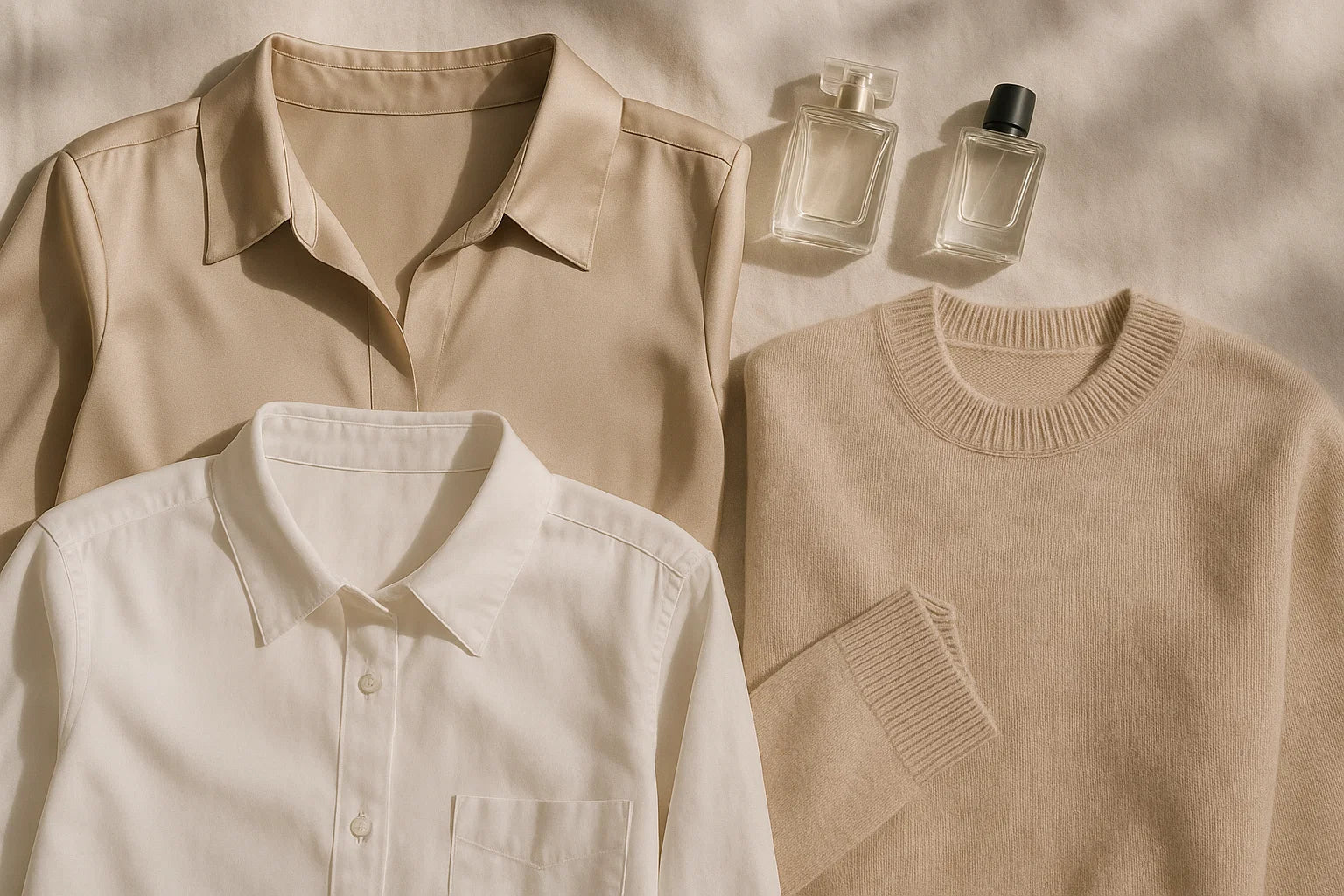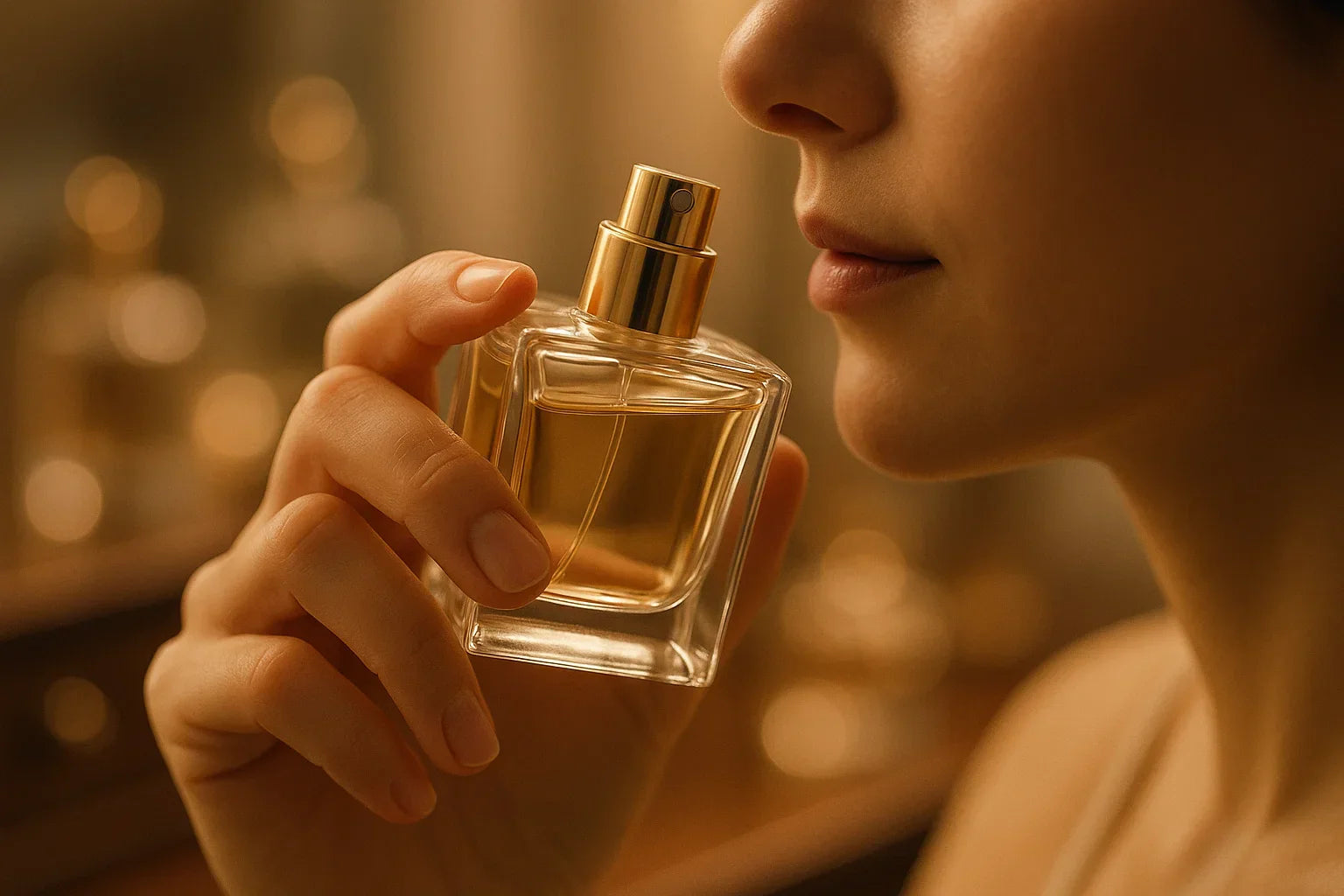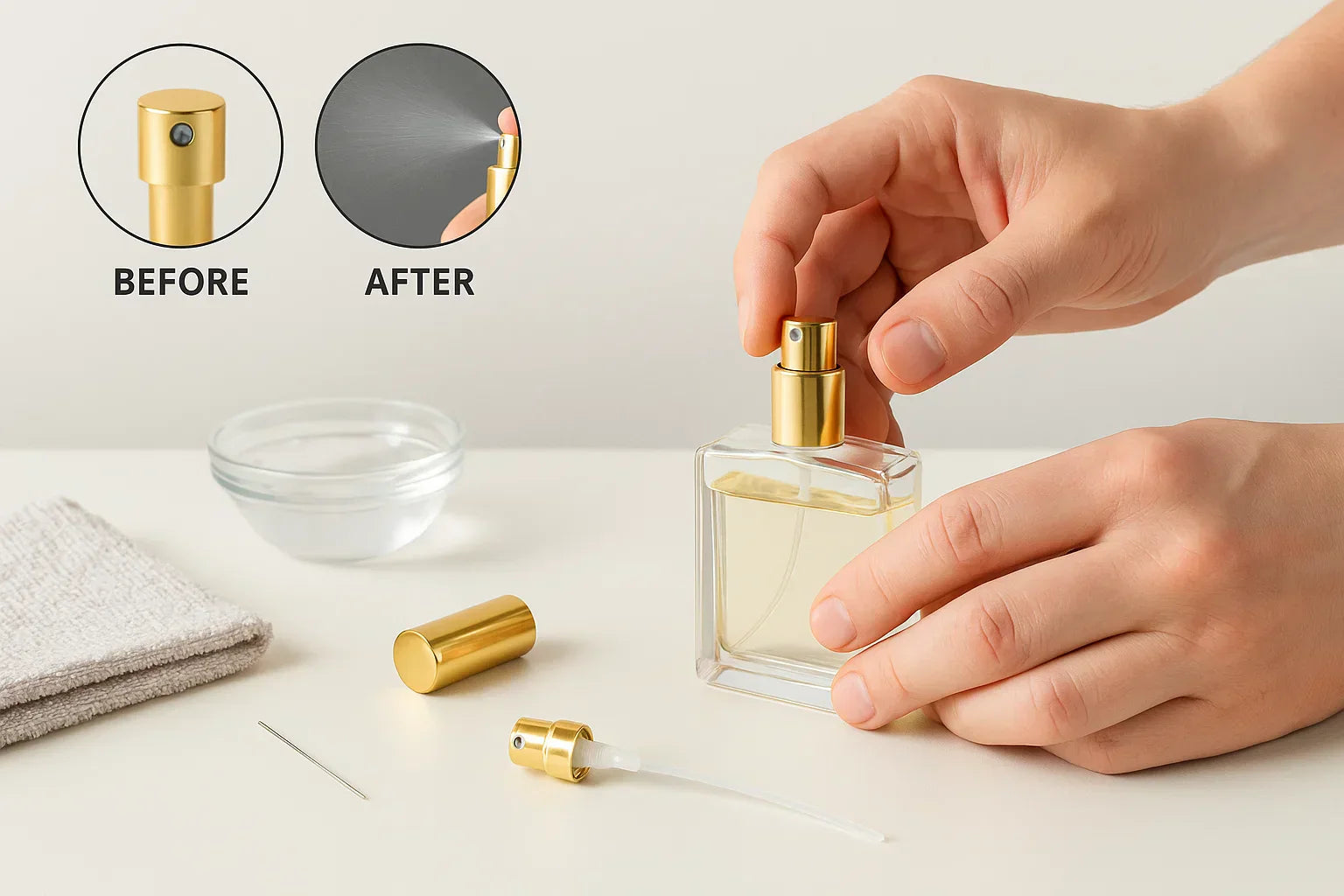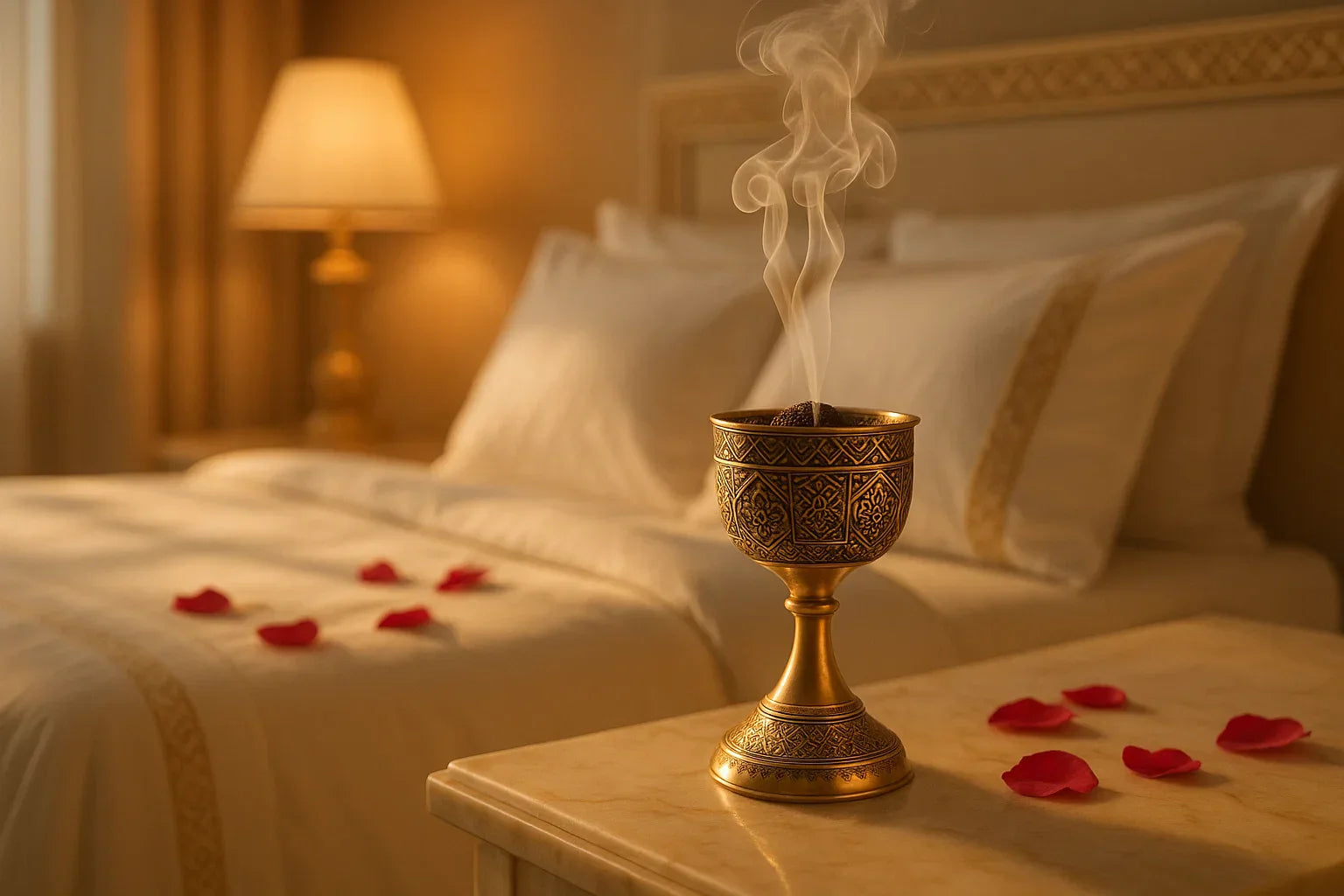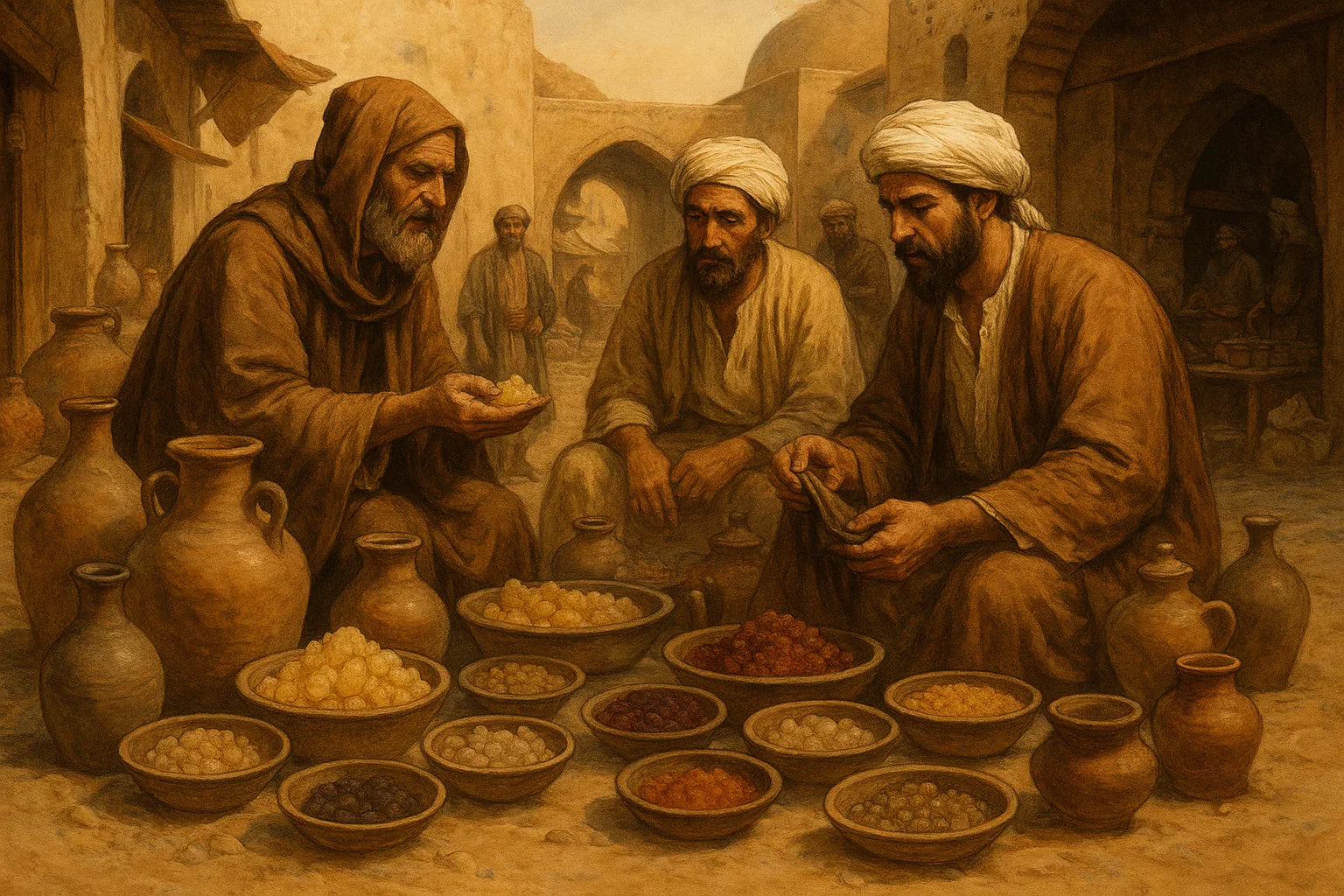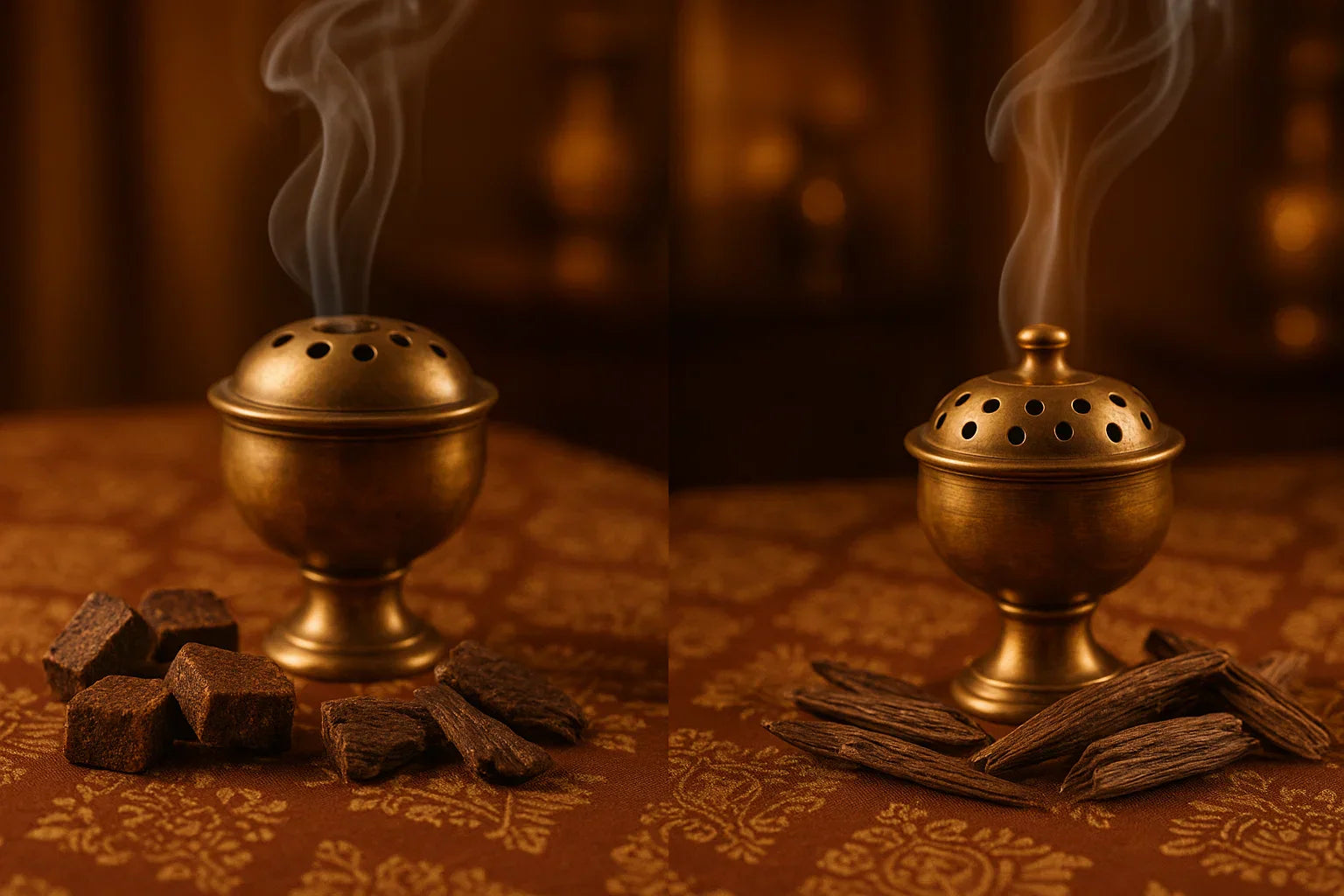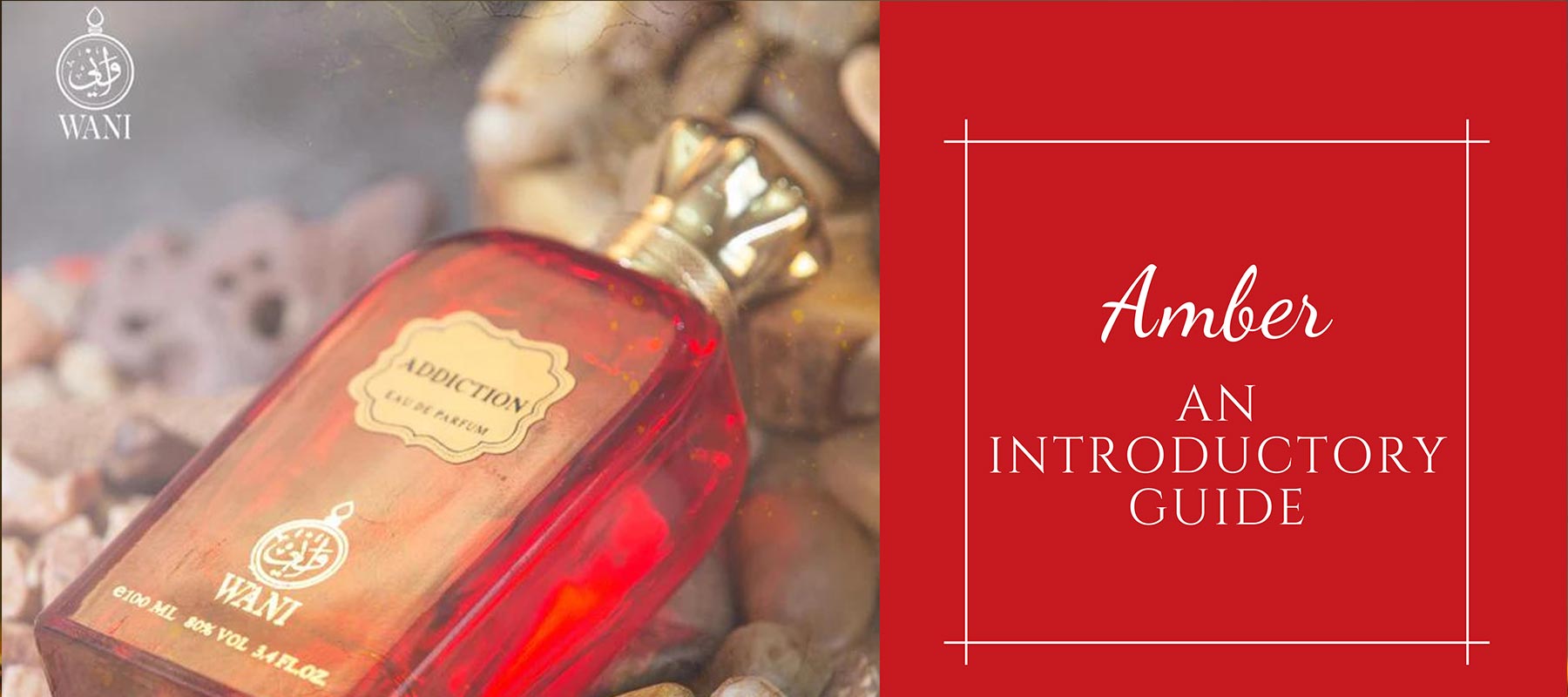
What Is Amber in Perfumes? The 2025 Ultimate Guide
Introduction
You’re intrigued by the warm, mysterious glow of amber fragrances yet confused by conflicting online definitions. Without a clear understanding, you risk wasting money on perfumes that don’t meet your expectations—or worse, missing out on a scent that could become your signature. In this ultimate guide, we’ll demystify the amber fragrance family, explore how it’s created (including natural amber in perfumery and synthetic amber molecules), and empower you to make an informed choice. Historical and Cultural Significance of Amber
Amber has been revered for centuries across diverse cultures—from ancient Egyptian ceremonies to modern-day artisanal perfume making. Historical records suggest amber perfume oils were part of sacred rituals, treasured for their warm, resinous scent and believed to enhance spirituality. Legends and myths around amber in perfumes often revolve around its protective and healing properties. In various traditions, the amber scent description represented both sensuality and sanctity, cementing amber’s status as a prized perfumery ingredient throughout history.
Today, we still feel its cultural weight. From the Middle East to Europe, “apa itu amber” (“what is amber” in certain languages) often sparks curiosity, leading perfume enthusiasts worldwide to ask, “What does amber smell like?” or “What is amber in fragrance?” If you’re fascinated by the story of amber floral perfume or how amber oriental perfumes rose to popularity, you’re in good company. This time-honored resinous note continues to captivate global audiences, symbolizing warmth, richness, and sophistication.
Anatomy of the Amber Accord
The “amber accord” in perfumery is typically a blend of labdanum, benzoin, vanilla, and occasionally other amber aromatic compounds such as synthetic amber molecules (e.g., Ambroxan). This multi-faceted combination creates the signature “amber perfume notes” that so many fragrance lovers adore—warm, sweet, and slightly spicy.
Labdanum in Amber
Labdanum is a resin derived from the rockrose plant (Cistus ladanifer). Known for its leathery, balsamic sweetness, labdanum has been used in perfumery for centuries and remains essential to the amber fragrance family. It imparts an animalic, resinous depth that forms the backbone of many classic amber-based fragrances.
- Origin & Extraction: Labdanum is primarily produced in Mediterranean regions like Spain and Morocco. The sticky resin is harvested from the leaves and twigs of the shrub.
- Scent Profile: Rich, sweet, resinous, with subtle leathery undertones.
- Use in Amber Accord: Labdanum adds depth, making the overall amber perfume feel warm, complex, and enveloping.
Benzoin and Amber Accord
Another key component is benzoin, often referred to alongside amber because of its sweet, balsamic aroma. Benzoin resin is extracted from the bark of Styrax trees, primarily found in Southeast Asia.
- Origin & Extraction: Countries like Laos and Sumatra produce high-quality benzoin resins.
- Scent Profile: Sweet, slightly vanilla-like, with a hint of spicy balsam.
- Role in Amber Scents: Benzoin infuses a sugary warmth that complements labdanum, rounding out the amber fragrance meaning.
Vanilla’s Role in Amber Perfume Notes
Vanilla or vanillin-based compounds contribute a luxurious sweetness that makes amber fragrances comforting and addictive. It’s the finishing touch that gives amber in perfumery its universally appealing coziness.
- Origin & Extraction: Vanilla beans primarily come from regions like Madagascar and Mexico.
- Scent Profile: Sweet, creamy, warm.
- Effect in the Accord: Vanilla stitches together labdanum and benzoin, creating a harmonious, sweet accord often dubbed the “amber resin in fragrances.”
Variations of Amber in Perfumery
White Amber in Perfumes
Often lighter and more transparent, white amber in perfumes typically features synthetic or modern molecules that add a fresh, almost musky undertone. This variation is favored in contemporary, minimalistic fragrances aiming for a subtle but warm aura.
- Profile: Soft, clean, airy sweetness.
- Usage: Ideal for daytime or office-friendly fragrances.
- Notable Example: A brand might market it as “White Amber” to denote a lighter, more delicate spin on traditional amber.
Grey Amber
Grey Amber is often confused with ambergris, a substance historically derived from the digestive system of sperm whales. Sometimes, the term “Ambergris vs Amber” pops up in fragrance discussions, clarifying that ambergris is a different ingredient, though it can offer a similar resinous quality.
- Profile: Earthy, salty, musky.
- Usage: Used sparingly due to ethical and rarity concerns, or replaced with synthetic equivalents like Ambroxan.
Link (Authoritative Reference):
For a detailed comparison of natural vs. synthetic ambergris, explore Fragrantica’s article on ambergris.
Golden Amber Notes
The term “golden amber notes” usually denotes a classic amber accord, with a luminous, sweet warmth. It sits at the heart of oriental or amber oriental perfumes, exuding a comforting glow. If you’ve ever wondered “what does amber smell like in perfume?” golden amber is the best representation of that sweet, resinous aroma.
Internal Link:
Discover our curated list of amber-based fragrances that highlight golden amber notes for an unforgettable scent experience.
Natural vs. Synthetic Amber
A crucial aspect of “what is amber in perfumes” is understanding the difference between natural amber and synthetic amber molecules.
Natural Amber Sources
While genuine amber (the fossilized tree resin) itself doesn’t have a strong scent, certain resins like labdanum, benzoin, and other botanicals historically replaced actual amber in perfumery. Ethical considerations arise when sourcing ingredients like ambergris, leading many perfumers to opt for ethically sourced or plant-based materials for creating amber fragrance.
Advancements in Synthetic Amber Molecules
Modern perfumery harnesses molecules like Ambroxan or Cetalox to replicate the enchanting quality of amber smell without overharvesting natural resources. These synthetics also offer consistent quality, stronger projection, and longer-lasting performance, making them highly popular in mainstream perfumes.
Comparative Analysis:
- Scent Profile: Natural amber is often more complex, while synthetics can be more potent yet slightly linear.
- Longevity: Synthetic notes can provide longer sillage and lasting power.
- Sustainability: Synthetics reduce the environmental impact, making them a preferred choice for eco-conscious perfumers.
Amber in Contemporary Perfumery
Today, amber in fragrance trends lean toward innovative interpretations—combining classic amber perfume notes with modern twists like fruity top notes or marine accords. Whether you’re exploring amber floral meaning in a delicate bouquet or seeking bold, ambery scents reminiscent of oriental spices, amber fits seamlessly into various fragrance families.
- Popular Fragrance Families: Amber works beautifully in oriental, floral, and woody compositions.
- Modern Perfume Trends: Niche brands often highlight “amber perfume origin” for authenticity, while mainstream lines emphasize sexy, comforting profiles.
- Examples of Modern Amber Perfumes: You may notice global brands labeling them as “amber fragrance perfumes,” “amber perfume meaning,” or “amber notes perfume” to signal this addictive warmth.
Link:
Check out Wani Perfumes’ signature amber-based fragrance to discover how we balance classic and modern elements in a single bottle.
Crafting Your Own Amber Accord
Dreaming of creating your own amber-based fragrances at home? DIY perfumery is an exciting venture, especially if you’re drawn to the sweet warmth of amber. Before you start, ensure you have the right ingredients and a solid understanding of safety protocols.
Step-by-Step Guide
- Gather Ingredients: You’ll need labdanum absolute, benzoin resin, and vanilla extract (or vanillin). These can often be found at specialized fragrance supply stores or reputable online retailers.
-
Ratio Suggestions:
- Labdanum: 40%
- Benzoin: 30%
- Vanilla/Vanillin: 20%
- Optional Additional Resins: 10% (e.g., tonka bean absolute or a drop of patchouli for extra depth).
- Blend Carefully: Start by dissolving your resins in a perfumer’s alcohol or a carrier oil. Then add vanilla slowly, monitoring the overall scent.
- Let It Mature: Store the mixture in a dark, cool place for 2-4 weeks to allow the notes to meld into a cohesive accord.
- Dilute and Test: After maturation, dilute to about 10-20% concentration in perfumer’s alcohol for a wearable fragrance.
Safety Considerations: Always follow IFRA guidelines for skin-safe usage levels. Wear gloves and label your materials clearly.
Link:
For more in-depth perfumery tutorials, explore our Introduction to Perfumes resource library at Wani Perfumes.
Conclusion
Amber is more than just a note; it’s a perfume family hallmark, a centuries-old storytelling medium, and a modern-day staple in countless fragrance compositions. From ancient rituals to the latest niche releases, the allure of amber fragrance remains undeniable. Now that you have a solid grasp of what is amber in perfumes, what does amber smell like, and how to craft your own amber accord, you’re well on your way to finding—or creating—a signature scent that speaks to your unique style.
Whether you’re drawn to the cozy sweetness of golden amber notes, the crisp elegance of white amber in perfumes, or the oceanic mystery of grey amber, there’s an amber interpretation for every personality. Embrace the warm hug of amber, explore new fragrance families, and don’t shy away from mixing or matching it with floral, woody, or citrus accents. The world of amber perfumery is as vast as it is inviting, ready for you to discover its endless depths.
Key Takeaway: From amber oriental perfumes to minimalist white amber creations, amber’s versatility ensures there’s a scent to captivate every nose. Dive in, experiment, and let amber be the golden thread weaving warmth into your fragrance journey.
Additional Reading & Resources
- Perfume Families Guide — Learn how amber fits into various scent families.
- Fragrantica’s Amber Perfume Reviews — Explore community insights and brand comparisons.
- Historical Uses of Amber — Unearth how ancient civilizations incorporated amber in rituals and daily life.
Final Note:
Feel free to share this guide with fellow fragrance enthusiasts who are also wondering “What is amber in perfumes?” or searching for that perfect signature scent. For more expert tips and curated fragrance collections, visit Wani Perfumes, your go-to resource for all things aromatic. Embrace the amber smell and let it transform your fragrance journey—happy scent exploring!
